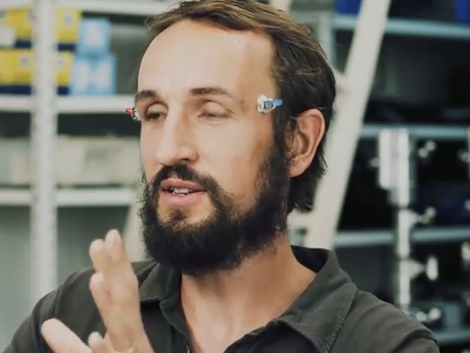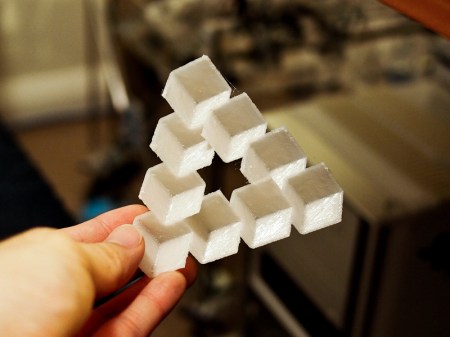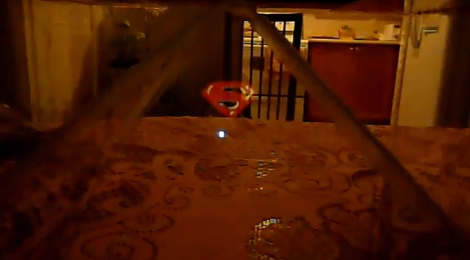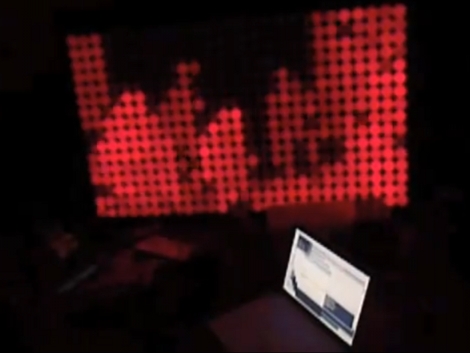
The Nintendo 3DS has been out for a couple days now (in japan) and the folks over at [tech on] were nice enough to do a teardown. Besides all the regular teardown goodies you can also get a good look at the 3DS’ 3D screen with a microscope. Turns out its a parallax barrier display which means that there are slits on top of the LED array to create a 3D effect without the use of special glasses. The rest of the hardware seems pretty standard, running an ARM based processor with some DRAM and NAND flash. Apparently the 3DS didn’t get much of an upgrade (downgrade?) as far as DRM is concerned because there are already examples of the 3DS running pirated games using a R4 card on youtube.
[via engaget]















